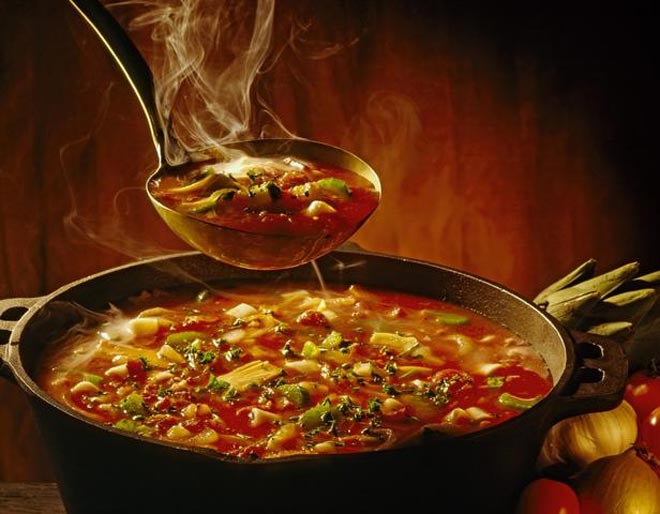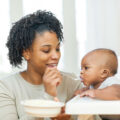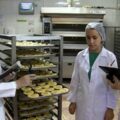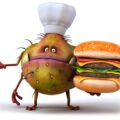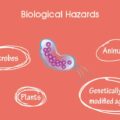Which of these methods is NOT safe for cooling food?
A. Cool food to 70°F within 2 hours and 41°F within a total of 6 hours.
B. Place food in a shallow pan on the counter at room temperature.
C. Place food in a shallow pan in the refrigerator.
D. Reduce the food into small portion sizes and place in the refrigerator.
Answer: B. Place food in a shallow pan on the counter at room temperature
Food safety is about managing risk. It’s about focusing on practices that address risk factors known to contribute to foodborne illness. Some practices are more critical or risky than others. Improper cooling practices are a major cause of foodborne illness. In the United States , improper cooling practices contributed to most outbreaks linked to restaurants and delis.
The Food Code requires that all cooked foods not prepared for immediate service or hot held shall be cooled as quickly as possible to eliminate the possibility of bacteria development. The two-stage method reduces the cooked food’s internal temperature in two steps. The first step is to reduce the temperature from 135°F to 70°F within two hours of preparation and from 70°F to 41°F or colder within an additional four-hour period. Total cooling time should never exceed six hours.
When deciding how best to cool potentially hazardous foods, keep in mind the following factors:
- The size or amount of food being cooled;
- The density of the food – a broth is less dense than a casserole; and
- The container in which the food is being stored – shallow pans cool foods faster than deep pans.
In order to facilitate the rapid cooling of cooked foods, the following methods are recommended: Placing the food to be cooled in shallow pans;
- Separating the food to be cooled in smaller or thinner portions;
- Using rapid cooling equipment, such as blast chillers or a freeze stick;
- Stirring the food to be cooled in a container placed in an ice bath;
- Using containers that facilitate the transfer of heat;
- Leaving the foods uncovered and not tacking until properly cooled;
- Adding ice as an ingredient to the cooked food; or a combination of the above methods.
The most important thing to remember about cooling foods is that the temperature of all cooked foods should be reduced to 41°F or colder as quickly as possible. In addition, a warm or hot food item placed into a refrigerator may Actually raise the temperature inside the unit and jeopardize the safety of other stored foods. Once the food item has been properly cooled, it should be stored properly – covered and labeled with the 7 day use by date, with the day of preparation being day one.
Defrosting food in a sink or counter at room temperature may be faster, but not the best option. In addition, thawing food at room temperature can be very dangerous, because room temperature allows the proliferation of microorganisms in the food and these microorganisms can cause food spoilage and food infection. The refrigerator should be used to defrost. If you need to defrost food, you must plan ahead to wait for the defrost inside the refrigerator. Thus the food will be protected from microorganisms. Food Safety Quiz and Answers


